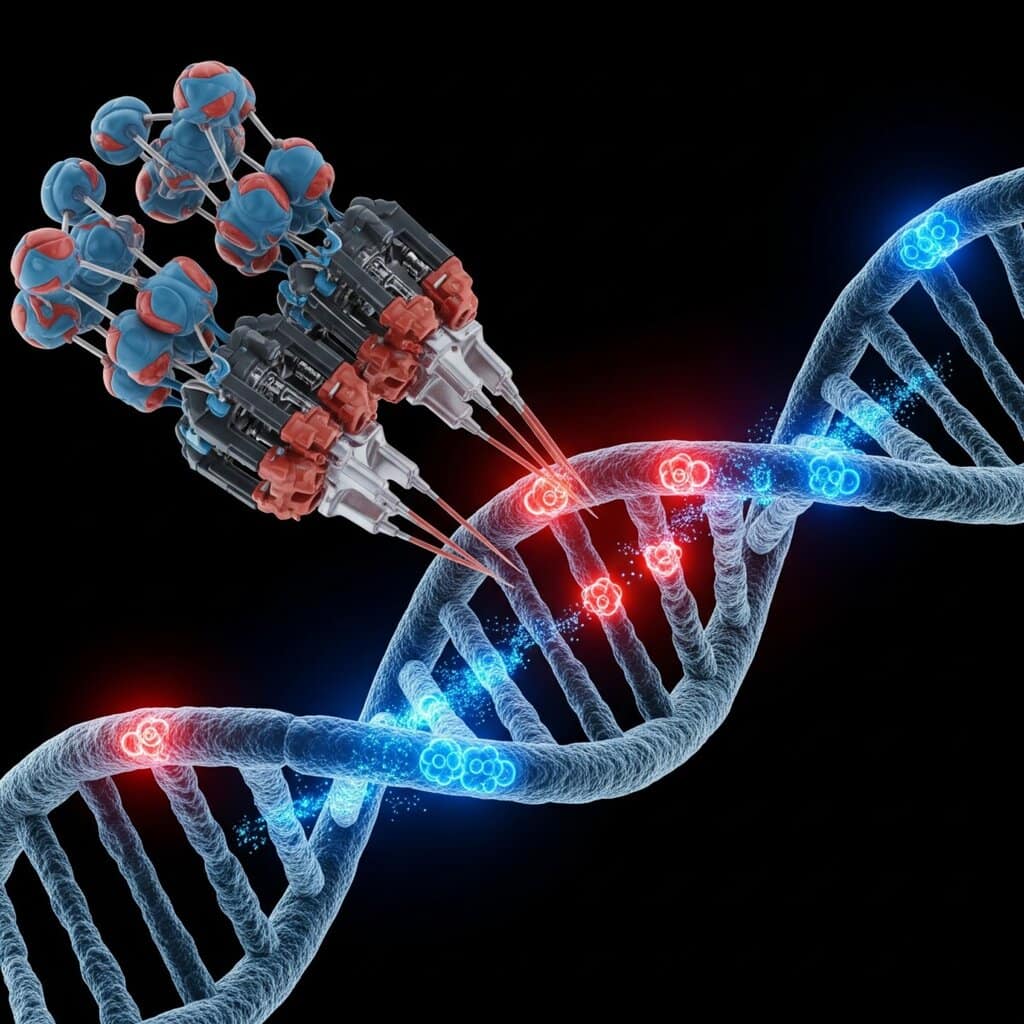Part 2: Myth Reborn – Hybrids, Superhumans, and the Return of the Gods In ancient times, myths were how we made sense of the world
Filled with creatures that defied biology and blurred the lines between man, animal, and divine. From the winged Icarus to the centaur, from mermaids to shapeshifters and gods that walked among mortals—these weren’t just stories. They were projections of human longing, fear, and ambition. Now, armed with the scalpel of CRISPR and the ever-expanding database of genomic knowledge, we’re inching closer to turning myth into reality—not through magic, but through science.
Hybrids:
The Ethical Wild West Scientists have already successfully inserted jellyfish DNA into rabbits (creating glow-in-the-dark bunnies) and spliced spider silk genes into goats to produce ultra-strong proteins in their milk. These experiments, while largely experimental or for industrial purposes, suggest a future where cross-species gene editing is not only possible but practical. Now project that forward. Humans with night vision from owl genes.
Amphibious lungs enhanced with DNA inspired by deep-diving whales. Skin that can photosynthesize. Athletes with muscle efficiency genes borrowed from cheetahs or chimps. Artists with neuro-enhancements allowing vivid synesthetic experiences. We are, potentially, on the cusp of a new human archetype—not shaped by nature, but by design.
The Return of the Gods: Designer Superhumans
Once these tools are perfected, access becomes everything. The ultra-wealthy may not just live longer—they may become something different entirely. Enhanced intelligence, immune systems, emotional regulation, physical prowess—traits that could elevate them beyond the realm of “ordinary humans.” We may be witnessing the beginning of a biological aristocracy—a modern pantheon, gods not born of Olympus, but of elite labs and trillion-dollar tech ventures.
The new gods will walk among us, not because of divine birthright, but because they could afford the upgrades. And like all gods in mythology, they may demand reverence, or worse—obedience.
The Other Side: Evolutionary Rebellion
For every movement that follows the mainstream, a counter-movement rises. Subcultures may reject enhancement altogether, or deliberately edit themselves in nonconformist ways. Bio-hackers might give themselves scales, tails, horns—turning the body into living protest or performance art. Cults could form around mythological aesthetics. Imagine followers of Poseidon modifying themselves to breathe underwater, or neo-Amazon tribes engineering stronger bones and taller statures.
The boundary between belief, identity, and biology will begin to melt. Art will imitate life—but life will also imitate ancient art. Post-Human or Hyper-Human? In such a fragmented future, the idea of a single “human race” may dissolve. We might become a plurality of species, or castes, each choosing their own path: pure, enhanced, mythical, hybrid. The world could resemble something out of mythological cosmology, populated by beings with powers, appearances, and attributes once thought to belong to legends.
The question isn’t whether we can go there. It’s whether we should. And if we do, what does it mean to be human when humanity itself is no longer a fixed idea?
Stay tuned for part 3


We want to hear your what you have to say